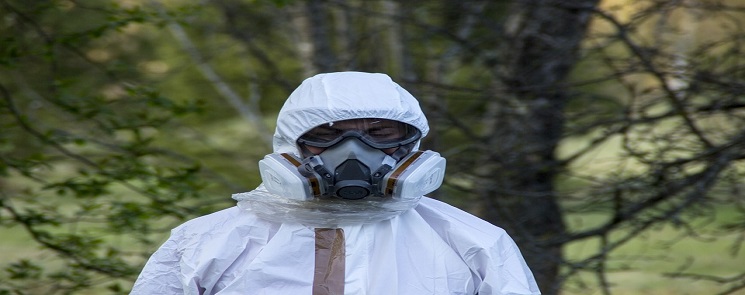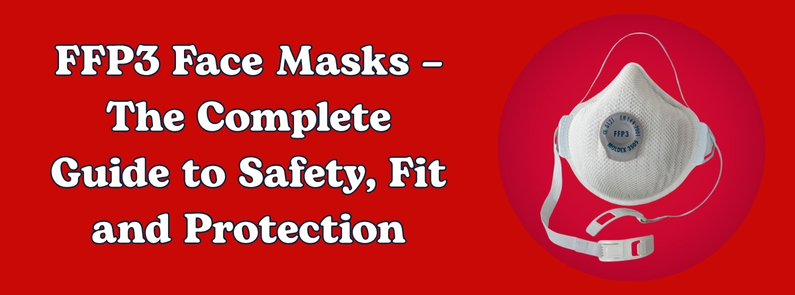
Most accidents and injuries in the workplace are preventable if you take the right safety precautions and remain vigilant. Staying aware of the common safety hazards in the workplace is the best way to protect your employees and other physical assets.
6 Common Safety Hazards Present in Workplaces & Best Ways to Avoid Them
1. Electrical Dangers
Electrical equipment poses plenty of risks, especially when you don’t handle them the right way. Not following the right procedures, or being too complacent while using them are the top reasons, why people get injured while using electrical equipment.
Using multiple devices on an extension cord not only presents a fire hazard but is also a tripping risk. Extension cords are just temporary solutions. If you are using an extension cord for a particular device for several weeks, then it’s time to bring in an electrician and install a line and outlet for the device or equipment.
Additionally, you have to ensure that you use the right wiring for all equipment. Incorrect wiring could trigger electrical fires that can quickly get out of hand. At your workplace, ensure that the electrical room is free of clutter, and breakers are easily accessible if something were to go wrong.
2. Slips and Falls
Slips and falls may seem so obvious, but they are a major safety hazard at all workplaces. And, slips and falls in the workplace could very well cause disastrous effects due to the nature of the workplace. This is because, when an employee trips or slips in the workplace, they may hit other heavy machinery and hazardous equipment, during their fall, thereby worsening the accident.
To avoid slips and trips in the workplace, all employees (especially those who work at heights) should be provided with adequate safety training and taught about the right procedures to avoid such injuries. Safety managers should make it a point to ensure that employees keep the workplace and surrounding free off clutter.
Remove debris from floors, and remove equipment blocking exits and entryways. Keep the emergency staircase free. Make sure to put up signs warning employees of a wet and slippery floor. All locations at the workplace, where an employee may fall accidentally, must be roped off. This is crucial to prevent new recruits and people from other departments from accidentally losing their footing.
3. Falling Objects
This is another common accident at the workplace and could even be fatal. The seriousness of this hazard depends on what object fell and how much it weighs.
To protect your employees from this hazard, you need to provide them with the right training on handling and storage of tools and other materials. As mentioned above, safety managers should ensure that all employees follow the right protocols. Employees must be trained to stack objects evenly, interlock objects in a pile from toppling over, and limit the height of piles.
While removing objects from a pile, instruct employees to remove one at a time, even if it takes a few extra minutes. Workers working from a height should be provided with disposable dust masks and a tool belt so that they can see the tools in their hand clearly, and store them safely once done.
4. Mishandled Chemicals and other Explosives
Not just chemical plants and factories, but almost all workplaces use chemicals. Regular office cleaning supplies like vinegar, acetone, printer liquid could pose a hazard, when not handled properly.
A few chemicals are hazardous by nature, while others become a hazard, only when mishandled. Ensure that only authorized personnel have access to hazardous chemicals, and keep them under locks at all times.
Remember that a few substances may be benign in the beginning, but undergo a chemical transformation if stored for a long time. For instance, peroxide is quite harmless, but when stored for more than a year, it transforms to ether, which is an explosive. So, make sure that all chemicals used in the workplace, are utilized before the expiry date.
All employees handling hazardous chemicals must be provided the right PPE (Personal Protection Equipment) like gloves, overalls, the best dust masks, safety goggles and more. Additionally, these employees must be provided with the right training on how to use these chemicals properly, including disposal, so that they know what to do in case of an accident.
5. Heavy Machinery Accidents
One of the biggest risk areas in the workplace involves heavy machinery. Even a slight slip in concentration could lead to fatal accidents. The improper operation doesn’t just pose a hazard to the person operating the machinery, but also the other employees in the vicinity.
Employees operating heavy machinery must be trained on an approved and certified safety course. Also, employees should be provided with frequent refresher training courses, so that they learn the right way, on how to operate any new machinery in the workplace.
6. Respiratory Hazards
As you would be aware, workplaces are full of hazardous dust and chemicals, that may not be visible to the naked eye. When employees breathe in these particles, day in and day out, it could cause several respiratory ailments like asthma, bronchitis, pulmonary disease, and even lung cancer.
The best way to keep your employees protected from respiratory hazards is to provide them with an industrial-grade asbestos mask and other dust masks. Make sure that you provide your employees with a medically evaluated and certified mask like the ffp3 dust masks so that they are not overexposed to airborne contaminants and pollutants.
How to Protect Your Workplace & Employees from These Hazards?
Conducting regular safety meetings, hanging the right safety signage, providing safety training to your employees and using the right PPE is the best way to protect your workplace from dangerous hazards. Remember, that when it comes to workplace safety – there are no shortcuts. Follow the right protocols and implement the right procedures, to protect your employees and your workplace.




